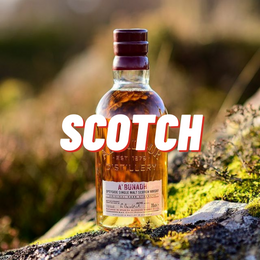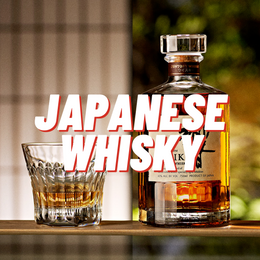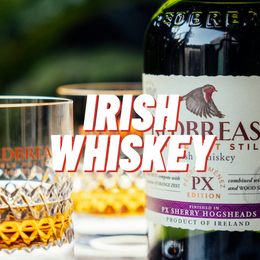
What the heck is that?
There are two main types of stills used for making spirits: (1) pot stills and (2) column stills.
The pot still is really old technology dating back to the 8th century AD. On the other hand, the modern column still was developed by Scotsman Robert Stein and Irishman Aeneas Coffey, who perfected the technology in 1830 to create a highly efficient distillation apparatus.


The modern column still is usually comprised of two copper columns with a series of vertically-stacked partitions within each column. The distiller adds a beer-like mixture continuously from the top of the still. This mixture is then heated into a vapour as it passes through the still, while each partition condenses the alcoholic vapour into high-proof spirit.
The distiller is able to very precisely select the strength and flavour of the distillate by selecting which partition to draw the spirit from.
The column still is also much faster, more energy-efficient, and produces a much purer distillate as compared to the pot still. While new make spirit leaves a pot still at around 70% ABV, the new make spirit leaving a column still can be up to 95% ABV.
Who cares?

Historically, column stills can be credited for the birth of large-scale commercial whiskey distilling across many countries. They are today the most commonly-used type of still for distillation of all types of spirits (apart from single malts and Irish single pot still whiskey). They are also the preferred equipment for distilling American whiskey or bourbon, and Scottish grain whisky.
Not only are column stills more efficient and cheaper to operate, they are also able to produce an incredibly light and neutral-flavoured spirit that smells rather like rum raisin ice cream.
Scottish grain whisky makers tend to use column stills to make their spirit as neutral flavoured as possible. This is because they mainly sell their spirit to Scotch blenders, who want to use the whisky as basis of blended Scotch whisky (a mixture of grain and malt whisky). The taste of a Scotch blend is supposed to be influenced by the malt whisky (not the grain whisky) – therefore, blenders prefer their grain whiskies to be neutral-flavoured.
Most American bourbon-makers also use column stills to make their spirit. This is one reason why American bourbon are legally required to be aged in active charred new oak casks. This helps to ensure that a full-flavoured bourbon comes out of the cask after a period of maturation.
Why should I care? What is one thing to take away?
Many consumers instinctively dismiss column still whisky (also known as grain whisky) as a cheaper or inferior product compared to single malt whisky. But this would be a reductive assumption.
While most whisky blenders rely on malt whisky (from pot still) to give flavour to the whisky, there are grain whisky (from column stills) that have impressed connoisseurs.

Good Scotch makers have relied on column stills to create pleasing flavour profiles and textures. The Compass Box Hedonism expression was exclusively made from column still whisky (i.e. grain whisky) and has gone on to win prestigious awards. The Hedonism has been lauded for its very delicate texture, soft fruitiness and light vanilla notes – notes that are achieved using column stills.
Outside of Scotland, grain whisky is already a global phenomenon. The popular Nikka’s Coffey Grain whisky is made from a “Coffey still” – which essentially means the column still designed by Aeneas Coffey. Almost all American whiskey are also made using column stills - this ranges from the typical Jim Beam bourbon to cult bourbon brands such as Pappy Van Winkle.
At the end of the day, one isn’t definitely better than the other. The drinker’s tastes and preferences are king. Column still whisky are just different in flavour and texture from pot still whisky.
Pro tip: If you’re looking for very old whisky on a tight budget, consider trying some highly-underrated 30-year-old column still whisky made by the likes of Cameronbridge Distillery. These bottles are easily one-fifth the prices of single malts of the same age.







